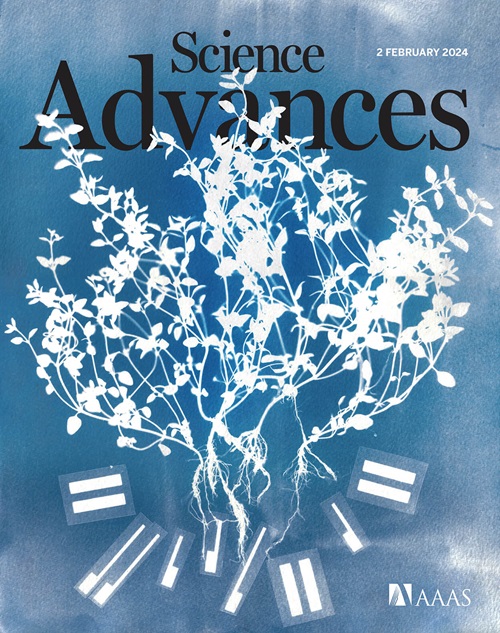Synergy between unique Pt–C coordination and Pt quantum dots on TiO2 for exceptional photocatalytic methanol dehydrogenation
IF 11.7
1区 综合性期刊
Q1 MULTIDISCIPLINARY SCIENCES
引用次数: 0
Abstract
Photocatalytic hydrogen production has emerged as a promising strategy to mitigate the environmental impact of carbon-intensive chemical industries. Loading single atoms is known to enhance photocatalytic efficiency, as their activity is heavily influenced by the microenvironment. Therefore, achieving precise control over the microenvironment of single atoms is crucial but remains a substantial challenge. Here, we reported a unique Pt–C/TiO2 photocatalyst with Pt quantum dots (PtQD) and C-coordinated Pt single atoms (PtSA). Under the given experimental conditions, the hydrogen production rate reaches 43.2 mmol hour−1 with 70 mg of the photocatalyst. Notably, the hydrogen molecules generated per incident photon (H2/photon) reach 0.92. The special coordination environment influenced by C not only provides a direct transmission channel for photogenerated electrons but also activates surrounding Ti, thus improving the separation of the electron-hole pairs and H2 production performance. This research provides a prospect of efficient on-site hydrogen production.
独特的Pt - c配位和TiO2上的Pt量子点之间的协同作用用于特殊的光催化甲醇脱氢
光催化制氢已成为减轻碳密集型化学工业对环境影响的一种有前途的策略。已知负载单原子可以提高光催化效率,因为它们的活性受到微环境的严重影响。因此,实现对单个原子微环境的精确控制至关重要,但仍然是一个重大挑战。本文报道了一种独特的具有Pt量子点(PtQD)和c配位Pt单原子(PtSA)的Pt -c /TiO2光催化剂。在给定的实验条件下,当光催化剂用量为70 mg时,产氢率达到43.2 mmol h−1。值得注意的是,每个入射光子产生的氢分子(H2/photon)达到0.92。受C影响的特殊配位环境不仅为光生电子提供了直接的传输通道,还激活了周围的Ti,从而提高了电子-空穴对的分离和制氢性能。该研究为高效现场制氢提供了前景。
本文章由计算机程序翻译,如有差异,请以英文原文为准。
求助全文
约1分钟内获得全文
求助全文
来源期刊

Science Advances
综合性期刊-综合性期刊
CiteScore
21.40
自引率
1.50%
发文量
1937
审稿时长
29 weeks
期刊介绍:
Science Advances, an open-access journal by AAAS, publishes impactful research in diverse scientific areas. It aims for fair, fast, and expert peer review, providing freely accessible research to readers. Led by distinguished scientists, the journal supports AAAS's mission by extending Science magazine's capacity to identify and promote significant advances. Evolving digital publishing technologies play a crucial role in advancing AAAS's global mission for science communication and benefitting humankind.
 求助内容:
求助内容: 应助结果提醒方式:
应助结果提醒方式:


